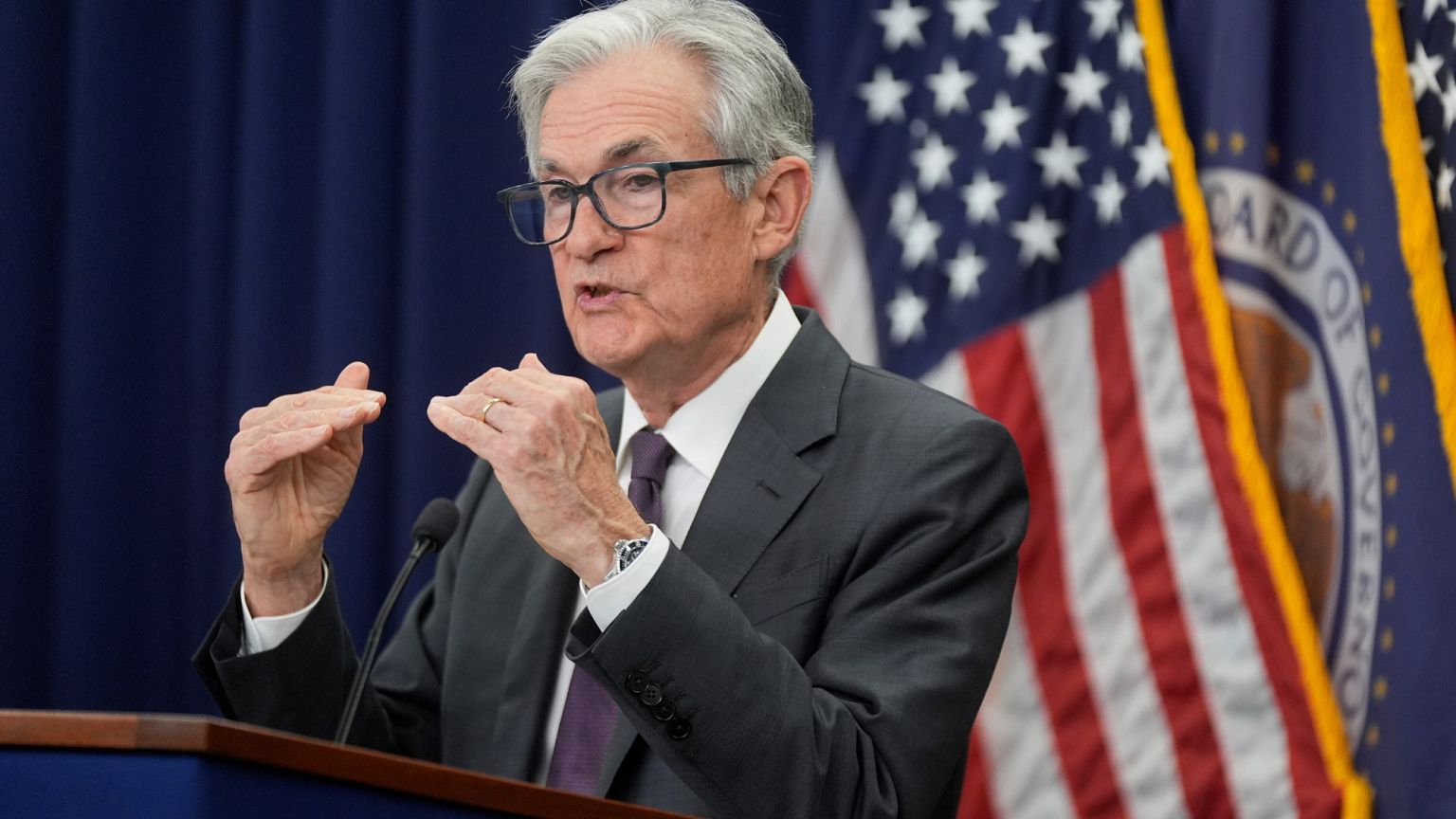In a move that reverberated through financial markets, the Federal Reserve opted to maintain its benchmark short-term interest rate, holding steady for the fifth time this year at approximately 4.3%. This decision, largely anticipated by economists, comes amidst persistent calls from President Donald Trump for rate cuts, highlighting a continued standoff between the independent central bank and the White House.
Federal Reserve Chair Jerome Powell, during a recent press conference, offered scant indication of any immediate capitulation to presidential pressure regarding borrowing costs. His steadfast approach underscores the Fed’s commitment to its dual mandate of price stability and maximum employment, even as signs of internal disagreement within the governing board become increasingly apparent.
Powell emphasized that the central bank requires additional time to accurately assess the long-term inflationary impact of the Trump administration’s sweeping tariffs. This cautious stance suggests that a September interest rate reduction, previously a strong possibility in the eyes of some market observers, is now considerably less likely, impacting projections for future monetary policy.
Notably, the decision was not unanimous, with Governors Christopher Waller and Michelle Bowman casting dissenting votes in favor of reducing borrowing costs. This marks a rare occurrence, as it is the first instance in over three decades that two of the seven Washington-based governors have publicly disagreed with the majority, signaling potential shifts in the Fed’s future direction.
The market’s reaction was swift, with the perceived odds of a September rate cut, as reflected in futures pricing, falling significantly post-press conference. This immediate adjustment underscores investor skepticism regarding near-term easing, aligning with Powell’s statement that the committee has made no definitive decisions about the upcoming September meeting.
Powell further articulated the committee’s consensus that inflation remains above the Fed’s 2% target, while the US job market largely retains its robust health. This assessment provides a fundamental rationale for keeping rates elevated, ensuring that economic growth does not trigger an uncontrolled surge in prices, despite the President’s differing views on economic stimulus.
The dissents from Waller and Bowman are not merely procedural; they hint at deeper currents within the Federal Reserve, potentially reflecting aspirations for future leadership roles, particularly as Powell’s term concludes in May 2026. Such internal dynamics could foreshadow future policy debates and the potential for a more fractured monetary policy approach.
While an immediate rate cut appears improbable, the implications of the Fed’s actions extend to everyday consumers and businesses. Changes in the federal funds rate often influence borrowing costs for mortgages, auto loans, and credit cards, meaning the current elevated rates will continue to impact consumer spending and broader economic activity.






Leave a Reply